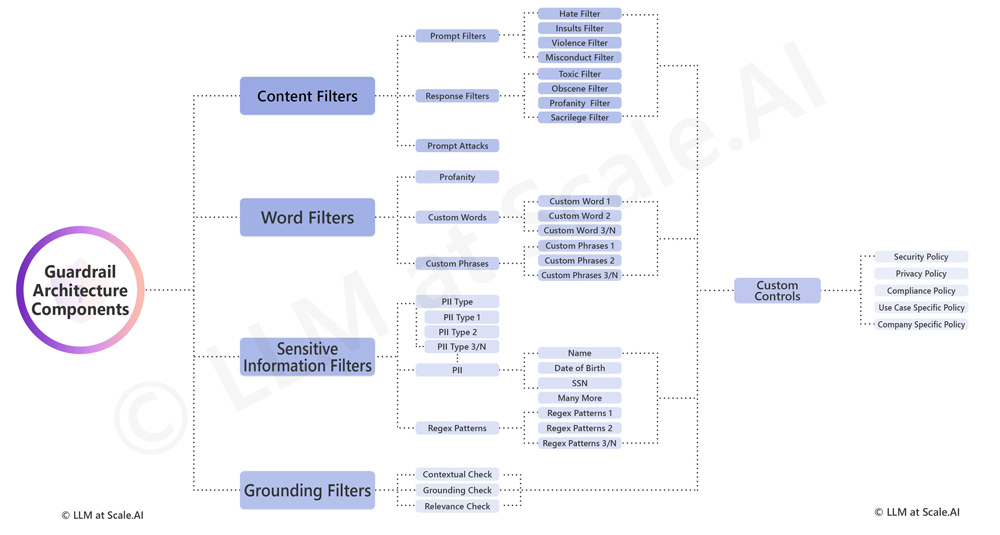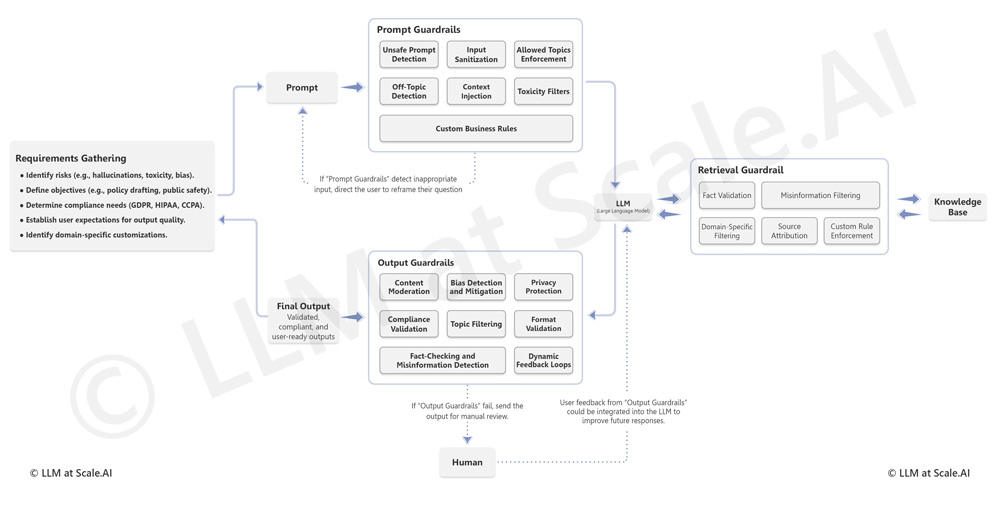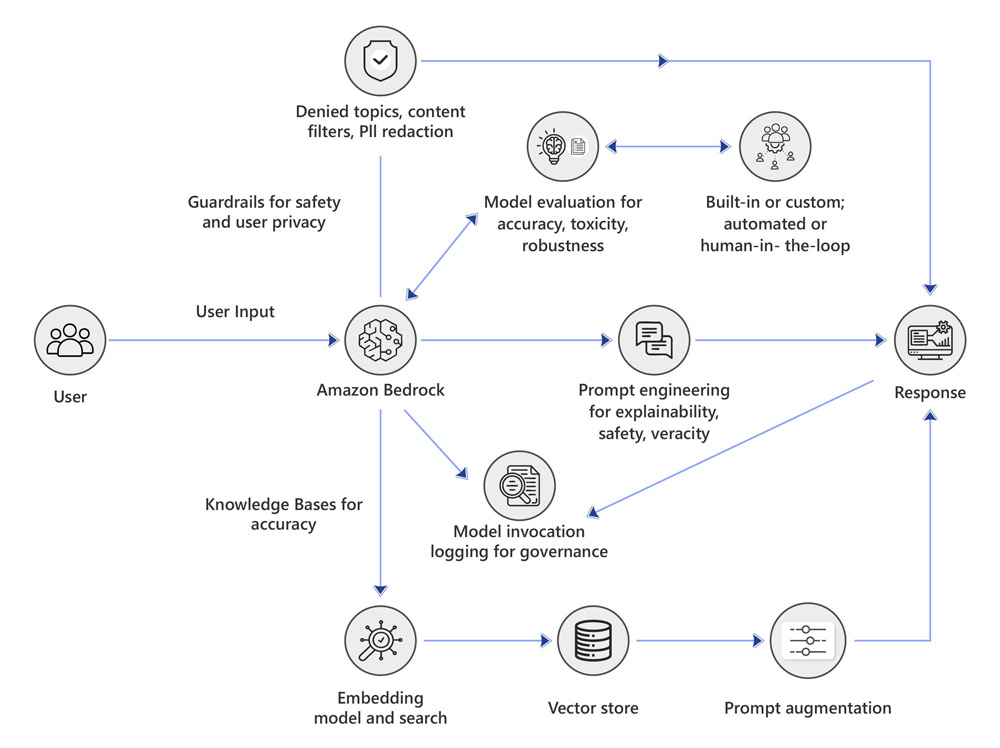Open standard guardrail controls for business functions across industries
Guardrail controls ensure all content types are compliant and accurate, aligning with brand standards and boosting trust.
Our guardrail controls ensure words and phrases are compliant and brand-aligned, maintaining consistency across communications.
Our guardrail controls protect sensitive information by ensuring compliance and preventing unauthorized access, safeguarding data integrity and privacy.
Our solutions ensure data privacy by implementing robust security measures, protecting sensitive information and maintaining user trust.




